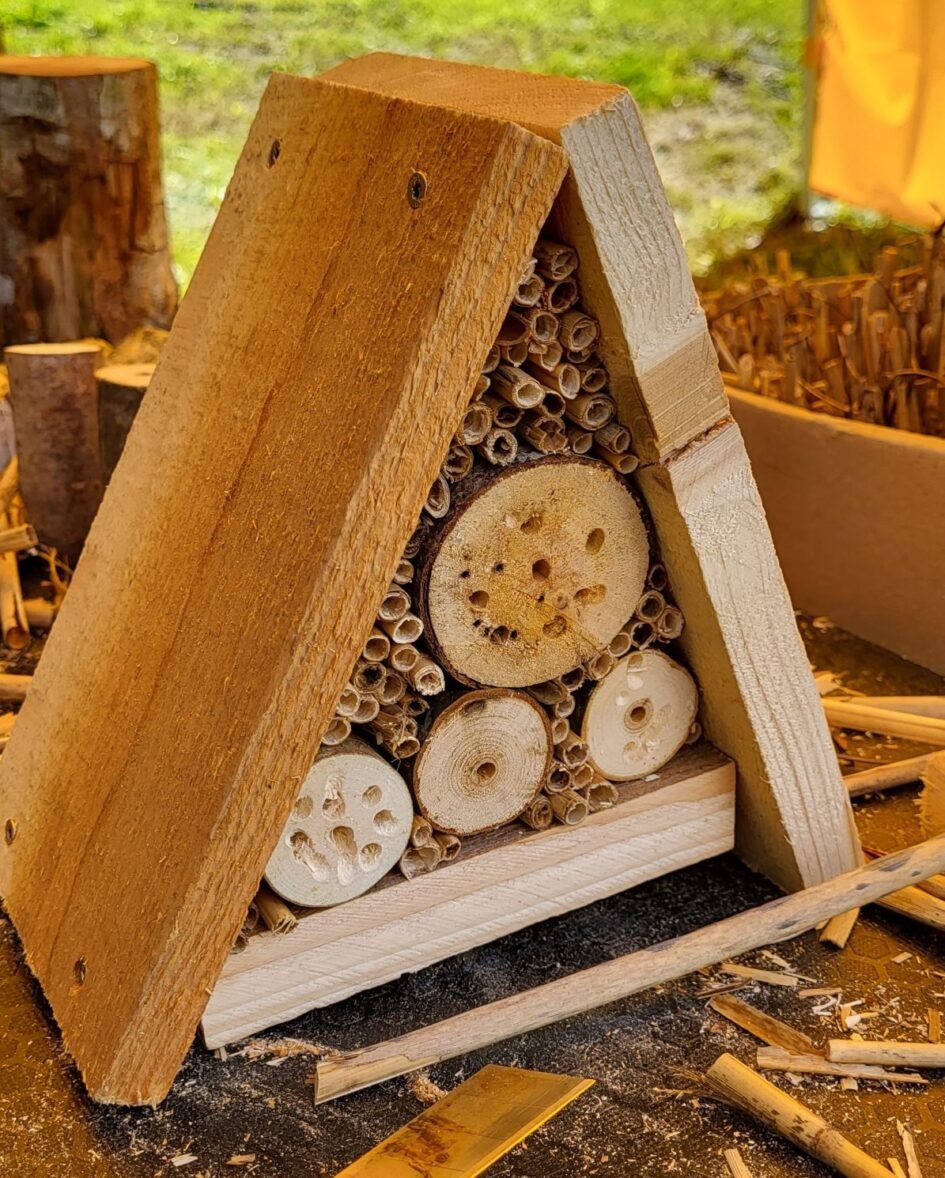Gardening isn’t just about growing plants for our enjoyment; it’s also an opportunity to create a welcoming habitat for local wildlife. By incorporating elements that attract birds, bees, butterflies, and other creatures, you can turn your garden into a thriving ecosystem. This week, let’s focus on making our gardens not only beautiful but also beneficial to the environment by creating a wildlife-friendly space. This activity will help you to enhance your connection with nature by transforming your garden into a sanctuary for local wildlife, promoting biodiversity, and contributing to a healthier environment.
Instructions
- Assess Your garden space:
- Take a close look at your garden, balcony, or any outdoor space you have. Identify areas where you can incorporate wildlife-friendly elements, such as plants that provide food and shelter for local species.
- Choose native plants:
- Select a variety of native plants that are known to attract and support local wildlife. Native plants provide the most suitable food and habitat for birds, bees, butterflies, and other beneficial creatures.
- Create shelter:
- Add features that provide shelter for wildlife, such as birdhouses, insect hotels, or a small pile of logs or rocks. These elements offer safe spaces for animals to nest, hide, and thrive in your garden.
- Provide water sources:
- Install a birdbath, small pond, or even a shallow dish of water to give wildlife a place to drink and cool off. Water is essential for attracting a variety of species to your garden.
- Avoid pesticides:
- Commit to avoiding the use of chemical pesticides in your garden. Instead, explore natural pest control methods that are safe for both your plants and the wildlife that visit your garden.
- Observe and enjoy:
- Spend time each day observing the wildlife that visits your garden. Note the different species that come to feed, drink, or take shelter. This mindful observation can deepen your connection to the natural world and bring a sense of fulfillment.
Reflection. At the end of the week, take some time to reflect on the changes you’ve made and the wildlife you’ve attracted. How has creating a wildlife-friendly garden deepened your connection with nature? What have you learned about the importance of biodiversity and the role your garden plays in supporting it? Think about how you can continue to support local wildlife through your gardening practices in the future.
Share your experiences and photos on social media to inspire others to create their own wildlife-friendly gardens and contribute to a more sustainable and biodiverse world.





Leave a Reply